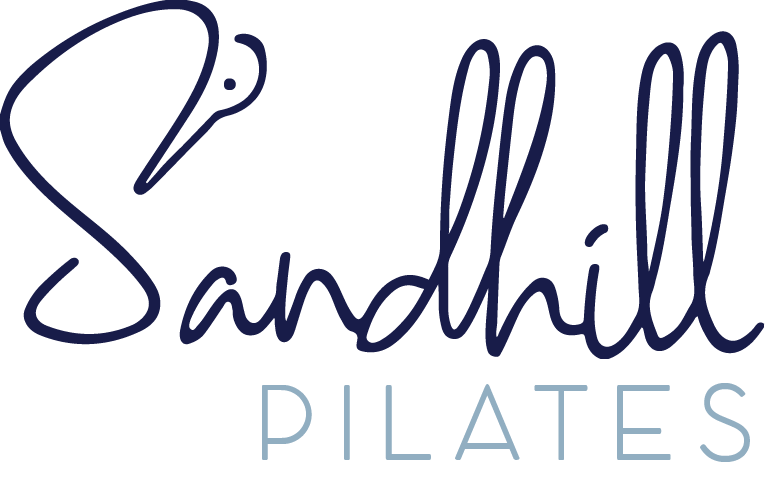The Diaghram
The diaghram is a large dome-shaped muscle that sits at the base of the lungs. Your abdominal muscles help move the diaphgram and give you more power to take deep breaths and empty the lungs.
Diaphragmatic Breathing
Adding diaphragmatic breathing, otherwise know as belly breathing, to movement will not only help strengthen the core, but add more power to each movement. Other benefits include:
*Helps focus the mind
*Relaxes the body
*Increases oxygen flow to the body which in turn helps muscles work more efficiently
*Activates deepest layer of abdominal muscles which helps keep them strong
Combine Diaphragmatic Breathing with Exercise
Think of a jellyfish, and how it expands and contracts. Now imagine the same thing as you breathe. This will help you find that deep abdominal connection before you even begin your exercise routine. Next, as you start to move, try to find a natural breathing rhythm to match your movements. Here’s a quick tip, for exercises that involve reaching the arms and legs, try to exhale when the limbs draw in towards your center or core. With exercises that involve rounding the spine, exhale as the spine flexes foward. Play around with this and see what works for you. I always tell clients not to get too hung up on the breathing cues. The most important thing to remember is to keep moving, and with more practice, the coordination of breathing and movement will get easier. You might be surprised at what this can do for both your brain and your body.

